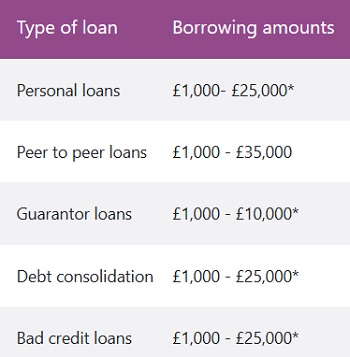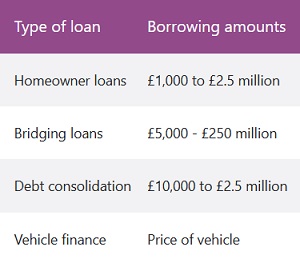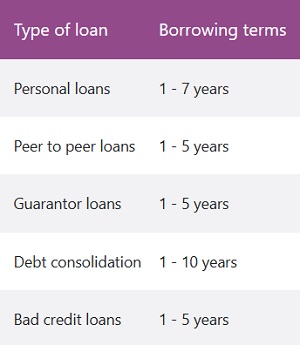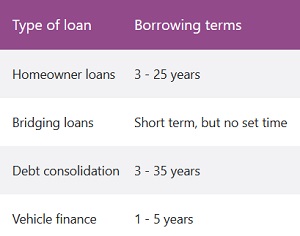If you shop around for a loan, you may be able to reduce your interest rates, simplify your borrowing schedule, and reduce your exposure to financial risk. Here’s how to figure out which of the several loan loans is best for you.
The reason You need to borrow?
The type of loan you should look into is typically determined by the reason you need the money and the intended usage of the loans. For instance, a loan to fund a vacation will look very different than a loan to fund the purchase of a car or a down payment on a house.
For example, here are several situations in which you can find yourself in need of some extra loan..
- Buying a car
- Buying a home
- Making home improvements
- Making a large purchase
- Financing a holiday
- Starting a business
- Debt consolidation
- Paying for a wedding
The different types of Loans You can get
You can often choose between two loan categories.
1. Unsecured loans
Borrowers don’t need to put up any collateral, such a car or house, for these types of loans. When you borrow out a lump sum loan, you agree to repay the money in equal monthly payments over a predetermined number of months.
You can use the money from an unsecured loan for almost anything you choose and common types include:
- Personal loans
- Peer to peer or social loans
- Guarantor loans
- Bad credit loans
- Some debt consolidation loans
- Business loans
2. Secured loans
Guaranteed loans are secured by a valuable item, like a house, in the event that you default on the loan. If you default on your loan payments, the loan may sell the collateral you used as collateral to recuperate their losses.
Generally speaking, unsecured borrowing is the safest option because it doesn’t put your assets at risk in the event of default.
Secured loans are more likely to come with restrictions on what the money is used for. Some bridging loans, for example, have to be used to buy property. The common types include:
- Homeowner loans
- Logbook loans
- Bridging loans
- Vehicle finance
- Some debt consolidation loans
How much can You borrow?
Borrowing limits for most unsecured loans range from £1000 to £25,000. If you meet the lender’s affordability requirements, the following is the maximum loan amount you could borrow..
Unsecured borrowing amounts :

Secured borrowing amounts :

How long do You need to pay it back?
Common repayment terms for unsecured loans range from one to seven years; however, some loan types feature either shorter or longer terms.
If you need longer to pay it back: There are some secured loans that have terms of up to 10 years.
If you plan to pay your loan back quicker: Most peer-to-peer loans have a term of twelve months, and many of them don’t even include prepayment penalties. Bridging loans are short-term loans used to bridge the gap when a larger borrowing is needed immediately.
For how long each loan option allows you to borrow funds, see below..
Unsecured borrowing terms :

Secured borrowing terms :

What else do You need to consider?
You should also borrow the following, in addition to the amount and length of time you require a loan:
Your credit record
The availability and loans of certain loan products may be restricted and more expensive if your credit history is less than stellar.
But there are loans that are designed especially for those with poor credit, such as:
- Guarantor loans
- Bad credit loans
Although these loans may cost extra, lenders are more likely to approve your application because of your good loan. It’s important to learn as much as possible about these loans before applying for one, both for your own benefit and that of anyone else who might be listed on the loan.
A good credit record will open up a wide variety of loan loans for you, and it will also make it more likely that you will be approved for the most competitive rates on personal and peer-to-peer loans.

